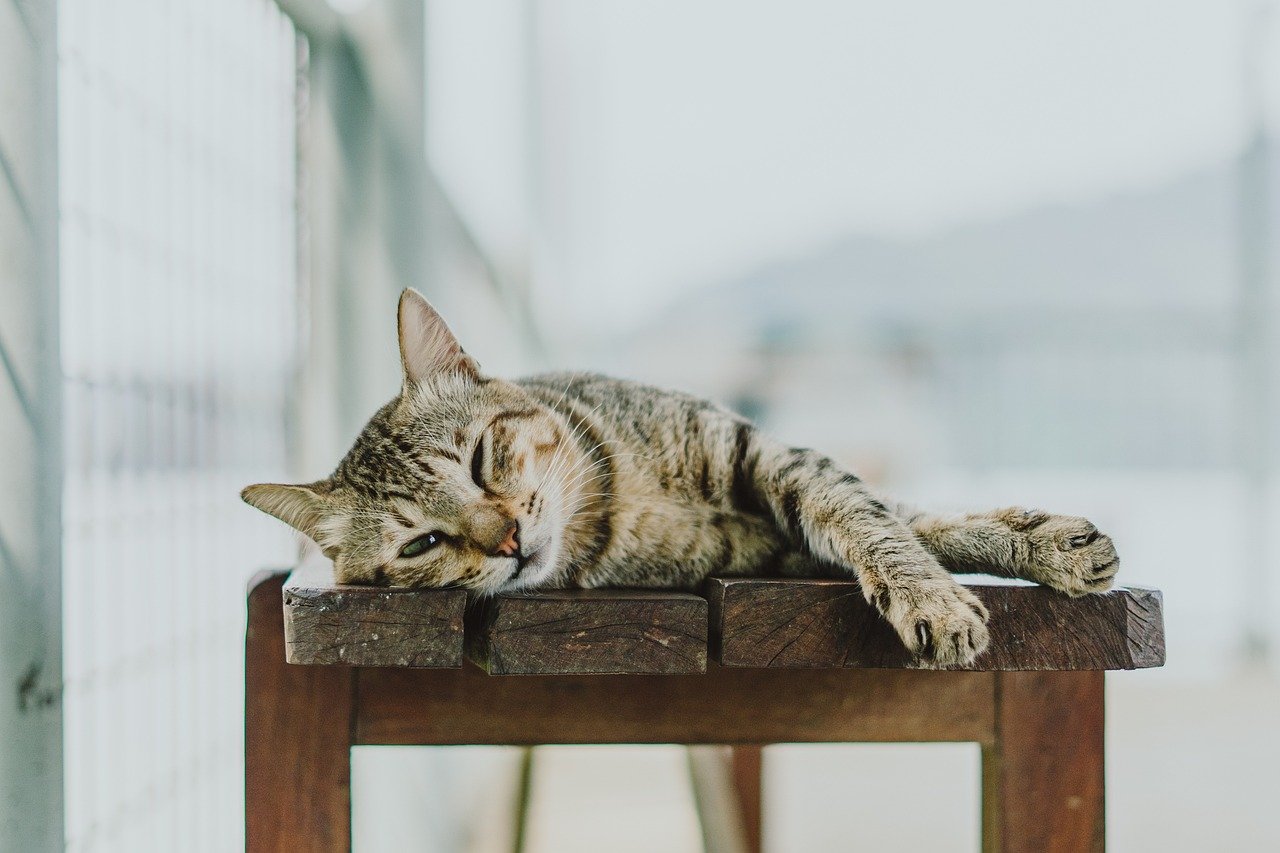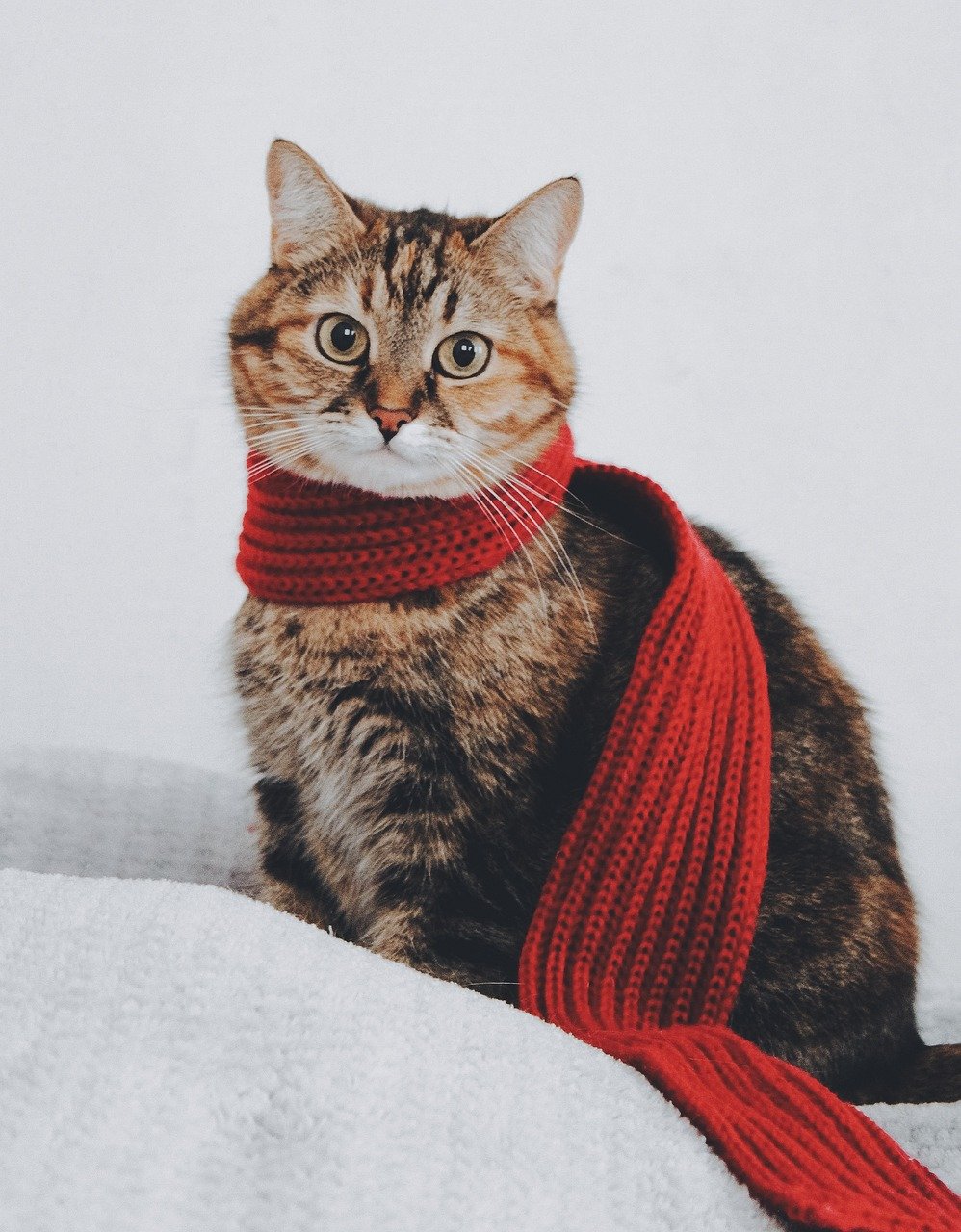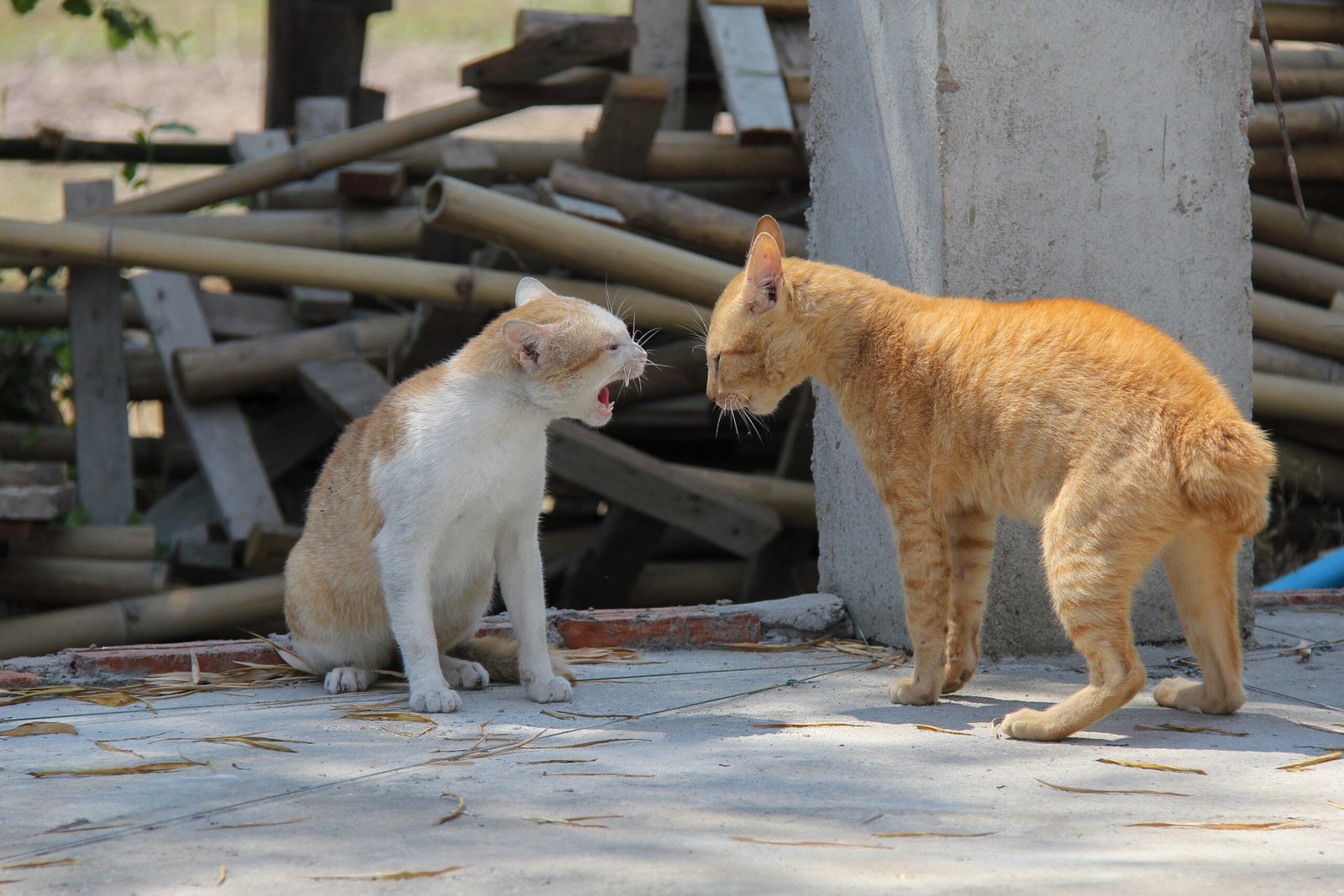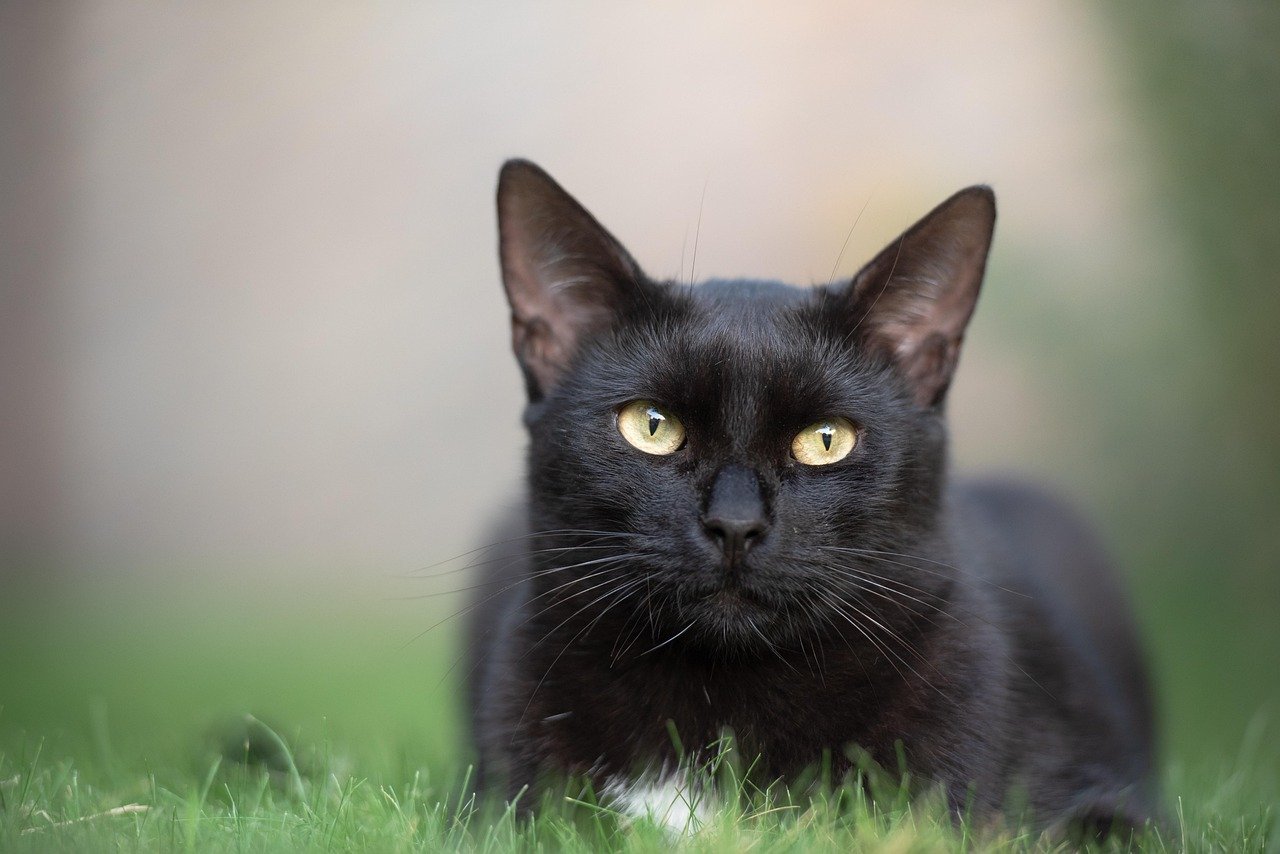Cats are often seen as enigmatic creatures, their mysterious ways leaving many pondering the depths of their emotional intelligence. While they may not wear their hearts on their furry sleeves as openly as dogs, cats possess a nuanced ability to connect and understand the world around them. This article delves into some of the subtle behaviors that reveal just how emotionally intelligent our feline friends truly are. If you’re a cat enthusiast or simply curious about these intriguing animals, you’re in for a treat.
1. The Gentle Headbutt
One of the most endearing gestures a cat can offer is the gentle headbutt, or “bunting.” This behavior is a cat’s way of showing affection and trust. When a cat presses its head against you, it’s not only marking you with its scent but also indicating a deep bond. Think of it as a warm, furry hug. It’s a sign that your cat sees you as part of its family, a member of its clan. This behavior isn’t random; it’s a purposeful, deliberate act of love and connection. Cats reserve this gesture for those they trust, making it a profound display of emotional intelligence.
2. The Slow Blink
The slow blink is often referred to as a “cat kiss.” When a cat looks at you and slowly closes its eyes, it’s a sign of trust and affection. In the feline world, closing their eyes in front of someone is a vulnerable act, indicating that they feel safe. It’s akin to a human smiling warmly at a friend. If you return the slow blink, you’re communicating back in a language they understand. This mutual exchange strengthens the bond between you and your feline companion, showcasing their ability to engage in nuanced social interactions.
3. Tail Talk

A cat’s tail is a versatile communicator. While a wagging tail might mean excitement or anger in dogs, in cats, it’s a more complex language. A tail held high often signifies a happy, confident cat. If the tail twitches at the tip, it might indicate curiosity or mild irritation. A wrapped tail around your leg is akin to a human holding hands, a sign of affection and connection. Observing your cat’s tail can give you insight into its emotional state, demonstrating their capacity for expressing a wide range of feelings.
4. Kneading with Paws

When a cat kneads with its paws, pressing them rhythmically against a soft surface, it’s a behavior rooted in kittenhood. This action is soothing, reminiscent of nursing from their mother. When a cat kneads on you, it’s expressing comfort and contentment. It’s as if they’re saying, “I feel at home with you.” This behavior reflects an intrinsic emotional intelligence, a deep-seated connection to their past and a present trust in their environment.
5. Vocal Variety

Cats are known for their vocalizations, and each sound carries its own meaning. From the gentle purr to the insistent meow, cats communicate with a rich tapestry of sounds. A cat’s meow is often reserved for humans, indicating their ability to adapt their communication to interact with us. The tone, pitch, and frequency of their meows can express a range of emotions, from contentment to urgency. Understanding these vocal cues is like learning a new language, one that reveals the depth of their emotional world.
6. Grooming Rituals
Grooming is an essential part of a cat’s daily routine, but it also serves a social function. When cats groom each other, or even you, they’re expressing trust and affection. It’s a bonding activity, reinforcing social connections. If your cat grooms you, it’s a sign that they consider you part of their family. This behavior highlights their ability to form complex social bonds and their emotional intelligence in recognizing and nurturing these connections.
7. The Curious Investigator
Cats are naturally curious creatures, always eager to explore their surroundings. This inquisitiveness is a sign of their intelligence and emotional awareness. When a cat investigates a new object or person, it’s assessing potential threats and opportunities. This behavior shows their ability to navigate their environment with caution and curiosity, a balance that requires emotional intelligence. They are constantly learning and adapting, a testament to their perceptive and keen minds.
8. The Protective Posture

Cats can be fiercely protective of their territory and loved ones. When a cat stands tall, with ears perked and eyes wide, it’s in a state of alertness. This behavior is not just about guarding territory; it’s about safeguarding their social circle. They are attuned to changes in their environment and will respond to perceived threats with a protective stance. This demonstrates their ability to prioritize the well-being of their family, an emotionally intelligent trait often overlooked.
9. The Comforting Purr
The purr is perhaps one of the most comforting sounds a cat can make. While often associated with contentment, purring can also occur when a cat is stressed or in pain. This dual purpose indicates a sophisticated emotional response. Purring releases endorphins, providing comfort to both the cat and those around it. It’s a self-soothing mechanism, showcasing their ability to manage their emotional state and offer solace to others.
10. The Subtle Shift
Cats are masters of subtlety, and their ability to detect even the smallest changes in their environment is remarkable. Whether it’s a change in your mood or a new item in the room, cats notice and often respond accordingly. This sensitivity is a hallmark of their emotional intelligence. They may offer comfort when you’re sad or playfulness when you’re happy, adjusting their behavior to suit the situation. Their perceptive nature allows them to connect with us on a deeper level, recognizing and responding to our emotional cues.
Cats, with their mysterious ways and quiet wisdom, possess a depth of emotional intelligence that often goes unnoticed. These subtle behaviors, from headbutts to purrs, reveal a rich inner world. As we continue to observe and learn from them, we gain a greater appreciation for their emotional capabilities, deepening the bond we share with our feline companions.
Hi, I’m Bola, a passionate writer and creative strategist with a knack for crafting compelling content that educates, inspires, and connects. Over the years, I’ve honed my skills across various writing fields, including content creation, copywriting, online course development, and video scriptwriting.
When I’m not at my desk, you’ll find me exploring new ideas, reading books, or brainstorming creative ways to solve challenges. I believe that words have the power to transform, and I’m here to help you leverage that power for success.
Thanks for stopping by, Keep coming to this website to checkout new articles form me. You’d always love it!





